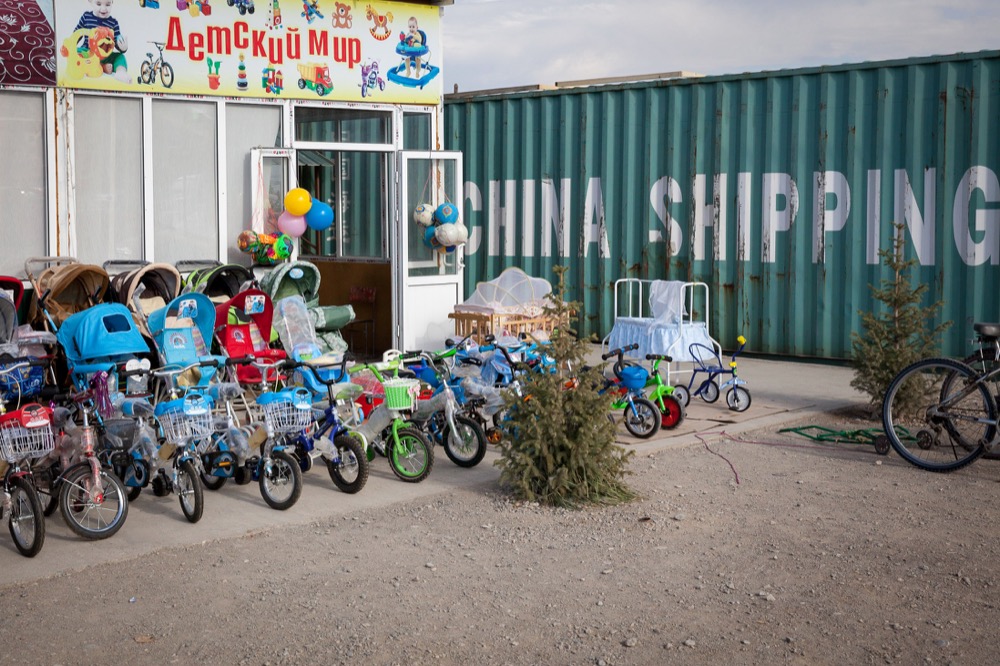The Idea
This initiative aims at collectively thinking through connectivity and materiality. Our starting point is simple: things that move and thereby connect or, the other way round, connections made through things are central to anthropology’s concerns. From the Kula Ring to the journeys of museum objects, from the travels of empire-founding Buddha statues to the logics and logistics of shipping containers, connectivity and materiality are interwoven in various but particular ways. Somewhat akin to Heisenberg’s uncertainty principle, we take connectivity and materiality not as defined properties of some-thing but as two interrelated modes in which an entity is, or rather is becoming, in a world. Thus, with materiality we do not mean the materials as such, but the underlying forces and potentialities as material entity. Likewise, connectivity does not denote a single connection, but the underlying mode of being or becoming connected with other entities. The question is how these two ways of existence relate and fold into each other to produce the realities we attempt to understand.
In order to solve this puzzle we organized two one-day workshops followed by a final one-day symposium. Each of the three events was designed to trace histories, dissect theories, scrutinize methodologies and contextualize ethnographies through a material lens with the common objective to reflect on and sharpen our anthropological inquiries.
Outcomes
The historical, theoretical, methodological and ethnographic overlaps studied, as well as the common conceptual framework created, offered fertile grounds for co-investigations moving beyond established regional and thematic foci. The three-event structure spanning fifteen months ensured that ideas had time to ripen before harvesting them.
This approach – slow but nutritious food for the brain, so to say – led to a set of papers presented at the symposium and compiled into an edited volume entitled Things and Ties: Researching Materiality and Connectivity in Anthropology and Beyond. The volume, edited by Martin Saxer, Philipp Schorch and Marlen Elders is under contract with UCL Press and scheduled for publication in late 2019. It includes contributions by Tim Ingold, Philipp Stockhammer, Julia Binter, Catrien Notermans and Jean Kommers, Natalie Göltenboth, Juliane Müller, Anna-Maria Walter, Srinivas Reddy, Gillian Tan, Marc Higgin, Jennifer Clarke, Lorenzo Granada, Gabriele Herzog-Schröder, Adam Kaasa, Elia Petridou and Lisa Francesca Rail.
Related Events
Material, Experience, and the Mobile
First workshop of the research initiative “Connecting Materialities / Material Connectivities”
Materials, Environments, and Curatorial Interventions
Second workshop of the research initiative “Connecting Materialities / Material Connectivities”
Connecting Materialities / Material Connectivities
International Symposium at the Center for Advanced Studies, LMU Munich


